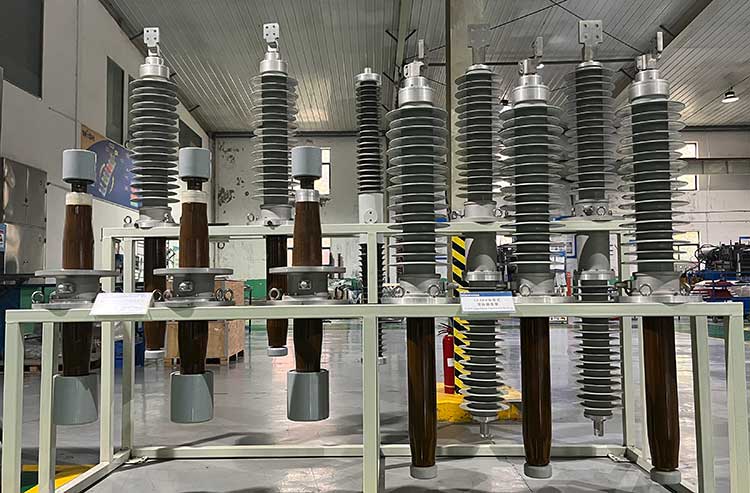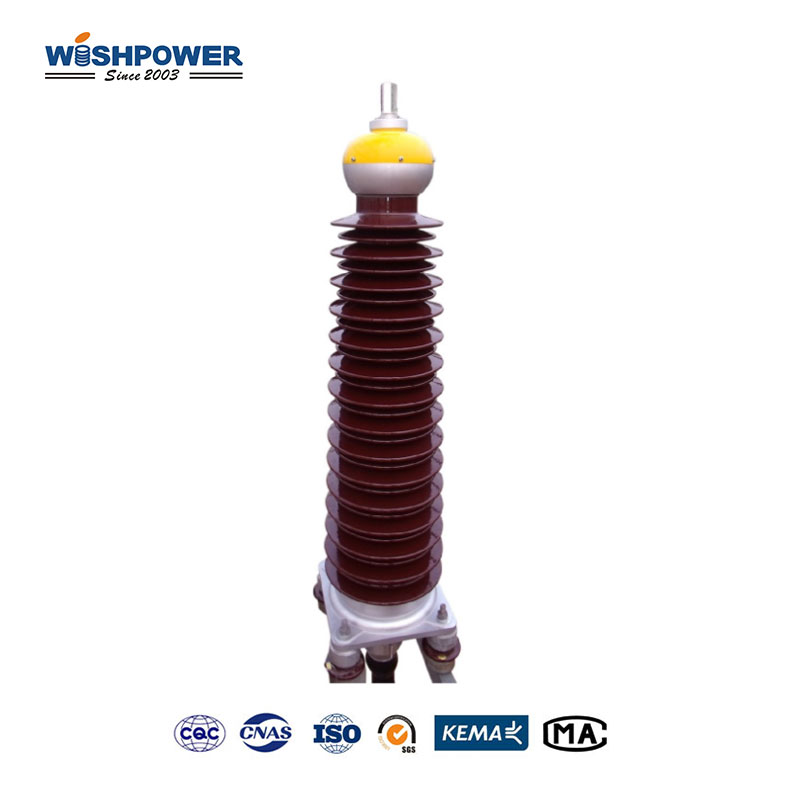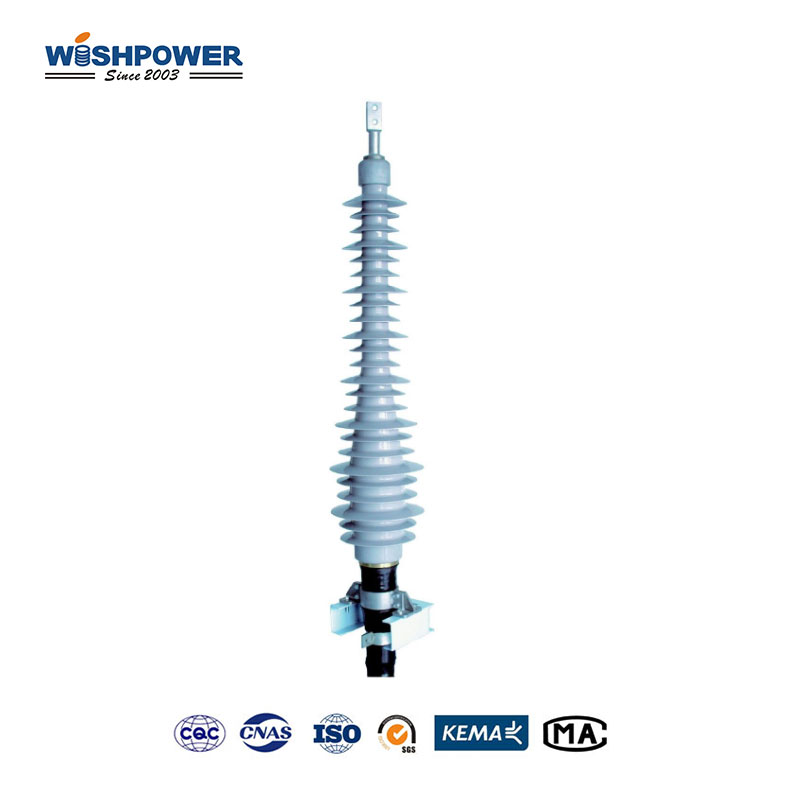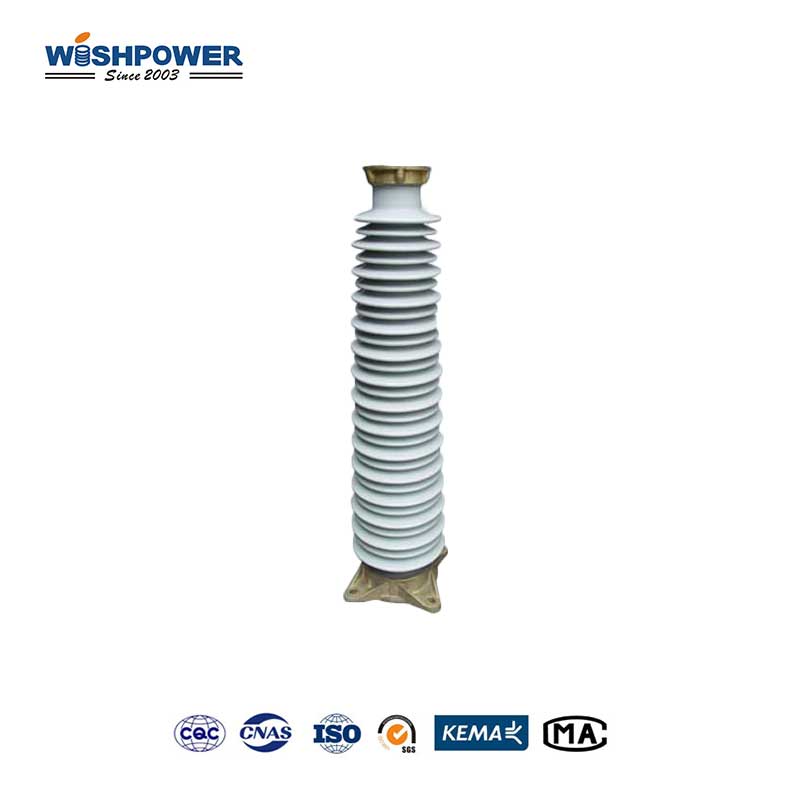Cable terminations are vital to the stability, safety, and efficiency of electrical systems in high-voltage environments. Proper terminations provide a secure electrical connection between cables and electrical equipment, offer effective insulation, and help keep our electrical outlets and such from power outages or electrical faults. Because it standardizes and optimizes these practices, the industry developed some standards to guide right in the choice, and installation of the cable terminations.

Cable Termination Standards Importance
Cable termination standards offer precise instructions on how to connect cables while providing reliability and environmental protection as well as consistent insulation performance. As renewable energy increases and grid complexity increases, following termination standards has become essential to reduce operational risks, maximize energy efficiency, and extend the life of electrical equipment. These standards provide manufacturers, installers, and end-users with means to produce and install essentially identical safety and performance regardless of location or operating environment.
International Standards for Cable Termination
IEC Standards
The guidelines in IEC cover IEC 60502-4 and IEC 60840 offers standards for medium and high-voltage cable terminations covering installation, testing, and insulation requirements. These are widely known in the industry as proper insulation, protective measures and for a long service life, stability of cable connection are the areas to be minimized in the risk of failure.
IEEE Standards
High voltage cable terminations are specified in IEEE standards, IEEE 48, and IEEE 404, with detailed requirements on outdoor and indoor termination, insulation materials, and installation practices. They also specify credentials for testimony termination caliber and conformity to safety regulations.
ISO Standards
Quality management and environmental resilience are the major topics where ISO has published several standards related to cable terminations. Termination products are manufactured according to high-quality standards established by ISO 9001, and the environmental impact of materials is minimized by ISO 14001.
Key Requirements in Cable Termination Standards
Insulation Integrity
Protection of cable terminations from electrical faults is critical and depends on high-quality insulation. Insulation must stand by the standards to maintain its dielectric properties, withstand high voltages, and resist puncture. On systems for which it is known that reliability is required over extended periods, insulation integrity is typically tested under extreme environmental conditions.
Mechanical Stability
Physical stresses such as tension, compression, and vibration are common in industries and outdoor environments thus cable terminations must be designed to withstand such stresses. Mechanical performance criteria such as tensile strength, flexibility, and impact resistance are standardized to ensure damage is prevented and for stability in adverse conditions.
Environmental Resilience
Those cable terminations that will be used outdoors or in other harsh environments need additional protection from moisture, UV radiation, temperature fluctuations, and contaminants. These standards define levels of resistance to environmental stresses so that the terminations can handle these stresses without degrading their performance.
Grounding and Proper Shielding
It is necessary to shield and ground so that electric fields are managed, and safety is maintained. Grounding techniques and shielding requirements to reduce interference, and avoid arcing and electromagnetic radiation are specified in the standards. It is particularly important on high-voltage systems because poorly managed electric fields can create hazardous conditions.
Conclusion
However, for electrical systems, particularly relying on high voltage, cable termination standards are mandatory to guarantee safety, performance, and reliability. These standards provide benchmarks for materials, installation techniques, and testing procedures so manufacturers, installers, and end users may conform to consistent quality and safety in various environments. This provides reliability of service, extends cable termination service life, and minimizes the operational failure risk—features that make these the fundament of modern electrical infrastructure.
If you have different opinions or want to know more, please leave a message on the website or contact us directly at info@wishpower.net

















